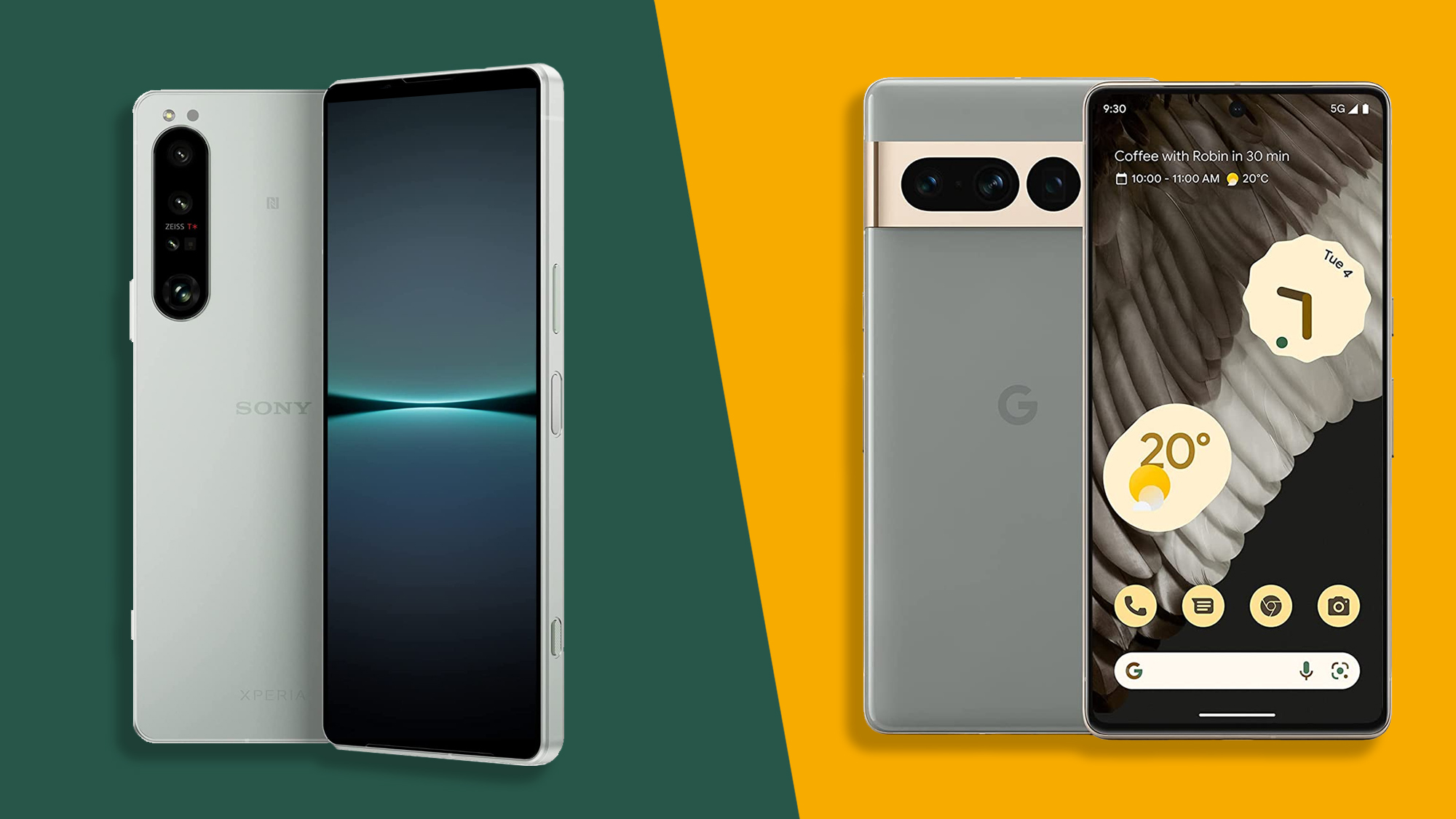
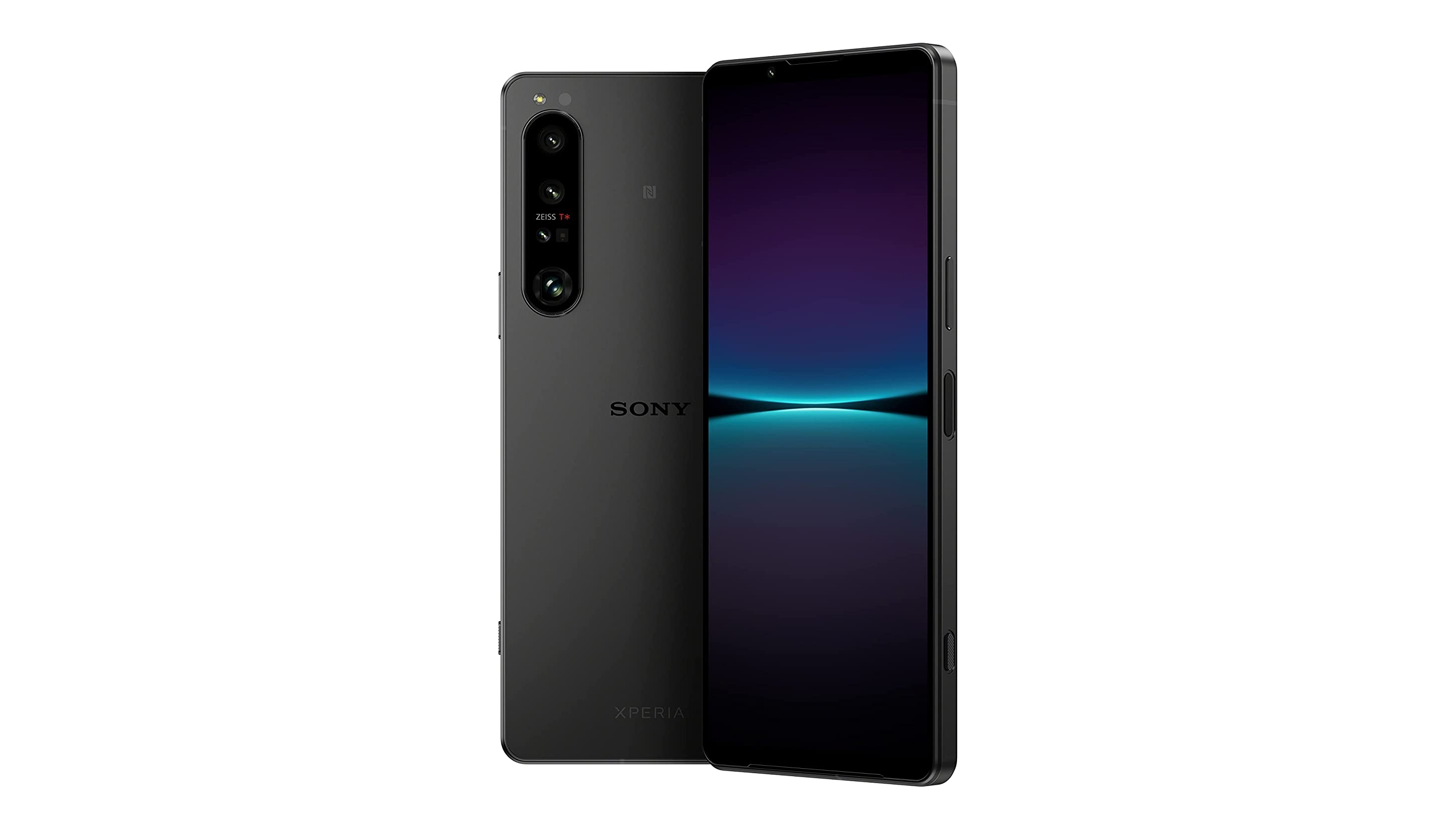
Weight: 185g
Dimensions: 165 x 71 x 8.2mm
Screen size: 6.5-inch
Resolution: 1644 x 3840
CPU: Snapdragon 8 Gen 1
RAM: 12GB
Storage: 256GB/512GB
Battery: 5,000mAh
Rear camera: 12MP+12MP+12MP
Front camera: 12MP
The Sony Xperia 1 IV is a specialist phone that excels for watching videos thanks to its 4K screen, and for serious photographers who like to make the most of their camera hardware.
It's a powerful phone too, but a seriously high price and the fact that it's not the ideal choice for web browsing or point and shoot photography means it's not the best fit for everyone.
Pros
- Great continuous zoom
- 4K display
- Powerful
Cons
- Slow to charge
- Incredibly high price
- Dull design
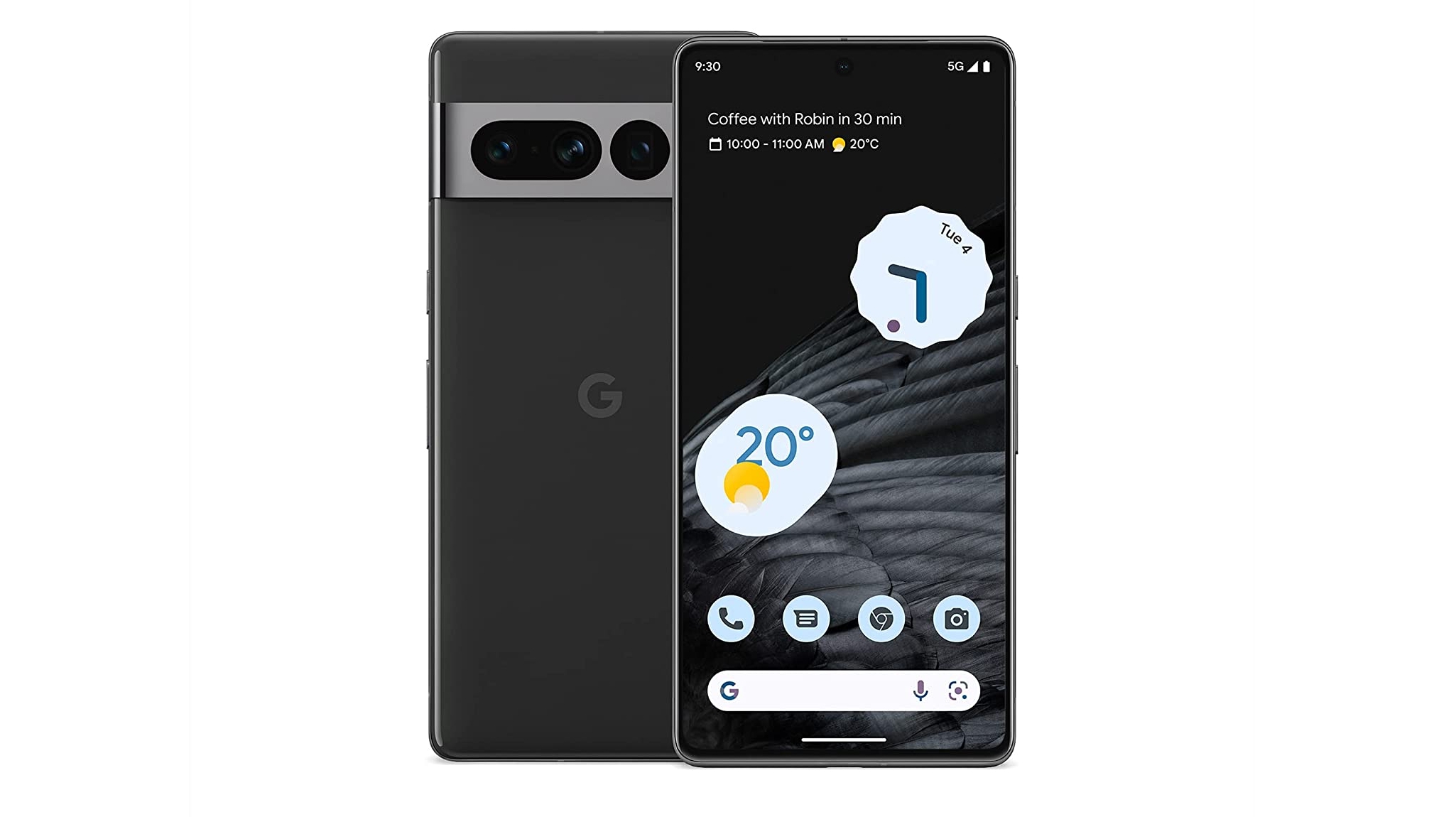
Weight: 212g
Dimensions: 162.9 x 76.6 x 8.9mm
Screen size: 6.7-inch
Resolution: 1440 x 3120
CPU: Tensor G2
RAM: 12GB
Storage: 128GB/256GB
Battery: 5,000mAh
Rear camera: 50MP+48MP+12MP
Front camera: 10.8MP
The Google Pixel 7 Pro is a great-all rounder that's easy and ideal to use in most circumstances.
Its screen isn't as sharp as the Xperia 1 IV's, its camera has less impressive hardware, and it's not quite as powerful, but for most day to day use it's got everything you need, and thanks to clean and clever software it's a joy to use. It's also cheaper than the Sony.
Pros
- Intuitive and easy to use
- Great camera
- Snappy interface
Cons
- Less powerful than the Sony
- No continuous zoom
- Lower resolution screen
There’s never been more choice at the top of the smartphone market. Case in point: the Sony Xperia 1 IV and the Google Pixel 7 Pro.
One is a power user’s dream, offering unmatched manual control and a near obsessive focus on optimizing the media playback experience. The other sports an unprecedented degree of smart automation, making even advanced tasks feel effortless.
So which is the more complete smartphone vision? Which is the better device for most people? We’ve used both phones extensively, so let’s see if we can come up with a definitive verdict.
Sony Xperia 1 IV vs Pixel 7 Pro: price and availability
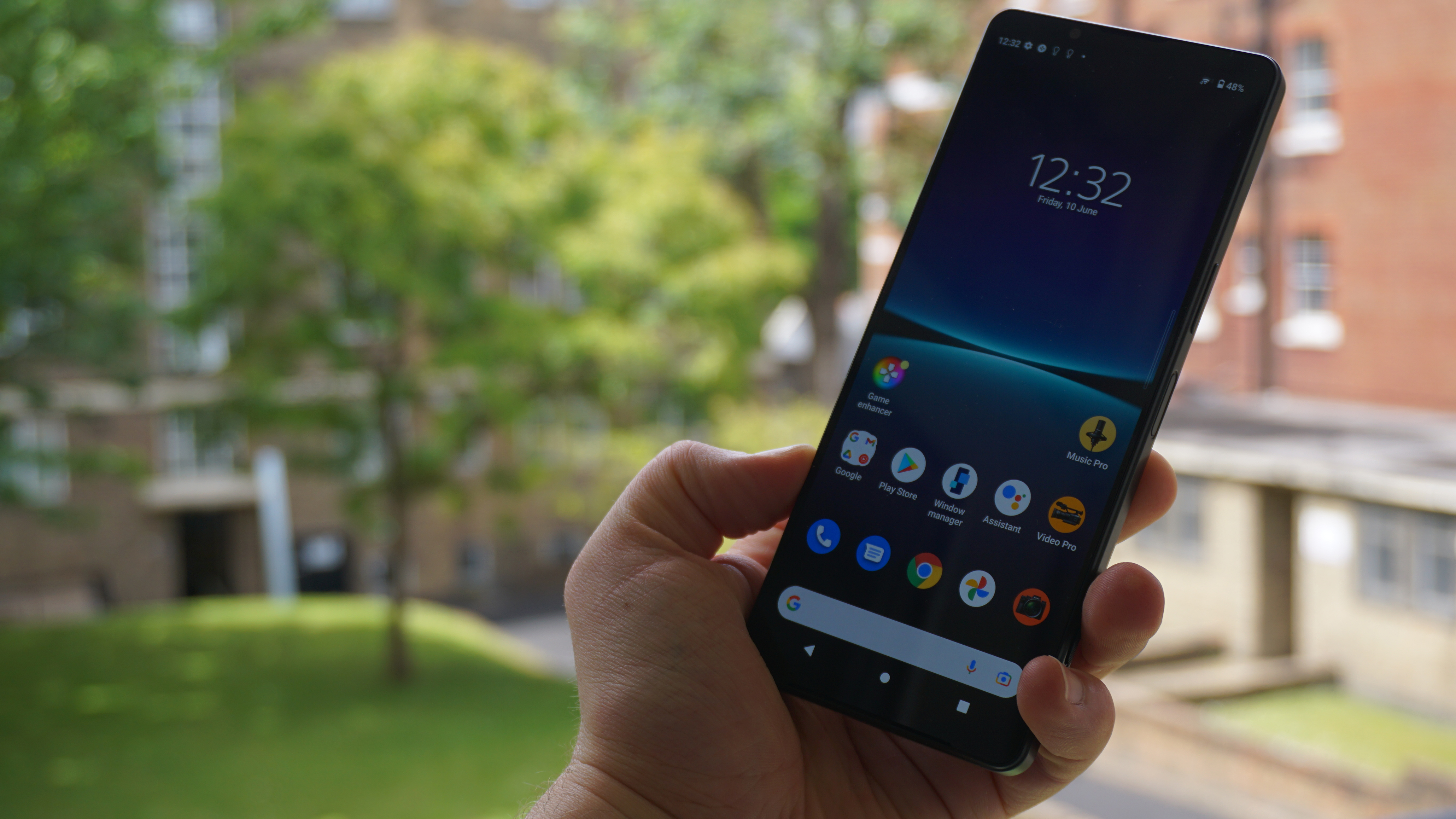
The Sony Xperia 1 IV arrived in the UK and Europe on June 16, 2022, with a US launch following on September 1. It’s not available in Australia.
The US gets the range-topping 512GB model, which costs $1,599. In the UK and Europe, we get the 256GB model for £1,299.
The Pixel 7 Pro hit the market on October 13, 2022. Prices start from $899 / £849 / AU$1,299 for the 128GB model, while you can also double your storage to 256GB for $999 / £949 / AU$1,449.
Both in terms of pricing and availability, then, it’s a comfortable win for the Pixel 7 Pro.
Sign up for breaking news, reviews, opinion, top tech deals, and more.
Sony Xperia 1 IV vs Pixel 7 Pro: design
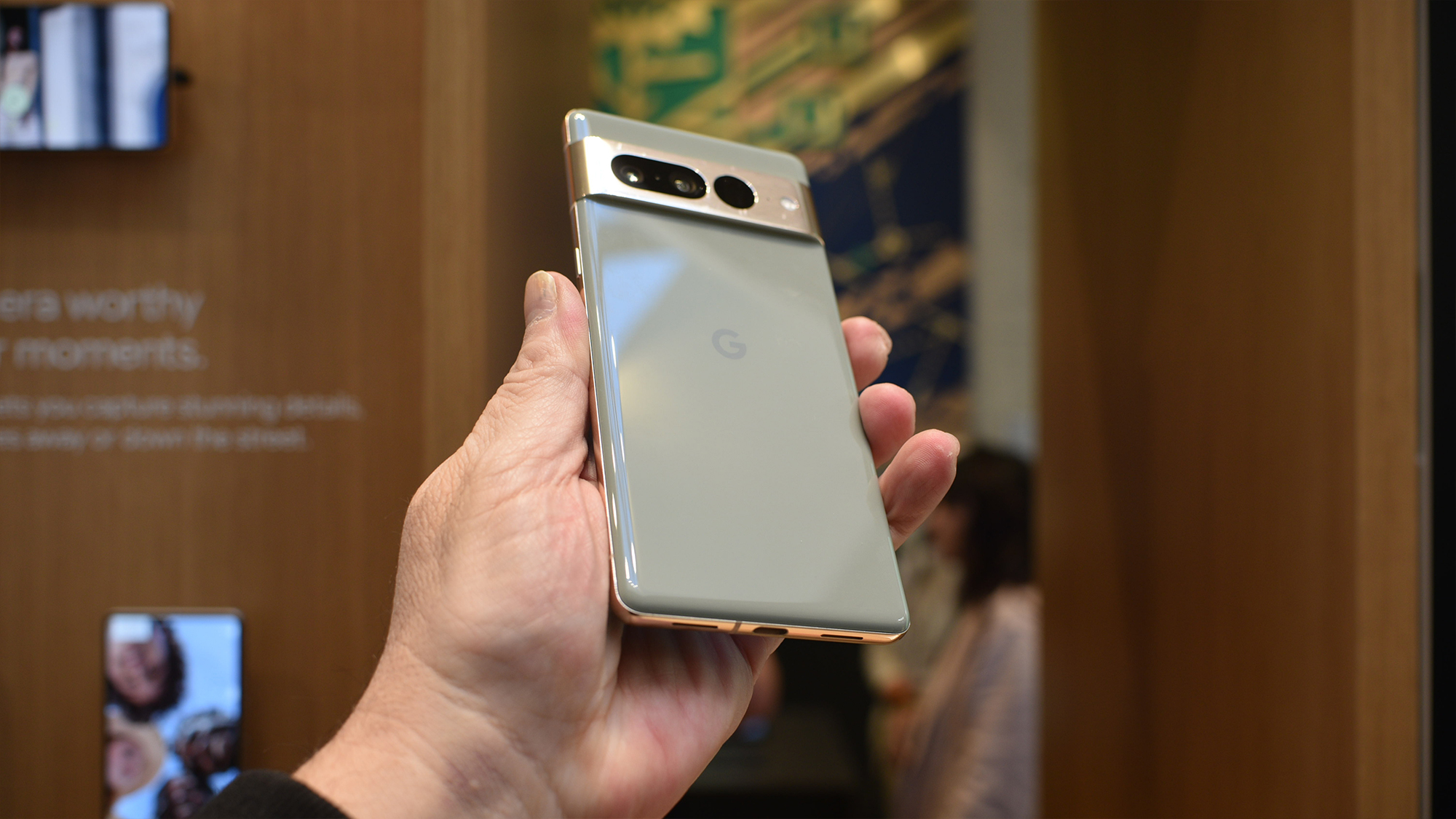
Neither of these phones could be accused of sporting revolutionary designs, with both looking a lot like their immediate predecessors.
The Sony Xperia 1 IV looks almost identical to the Xperia 1 III, with the same flat surfaces and the same stealthy matte aluminum rim. While it’s an understated look, you’ll immediately notice how tall it is, thanks to a 21:9 display and chunky bezels.
On the negative side, this makes the Xperia 1 IV look a little dated, while web and app content can feel a little squeezed. On the plus side, it has room for true front-firing stereo speakers, and there’s no ugly display notch or punch-hole.
Google’s design is much flashier, with a curved display and a shiny, width-spanning camera ‘visor’. It’s a little too fingerprint and scratch prone for our liking, but it’s undoubtedly attractive. This time around, the aforementioned camera visor is all metal, and it melts out of the aluminum frame of the phone.
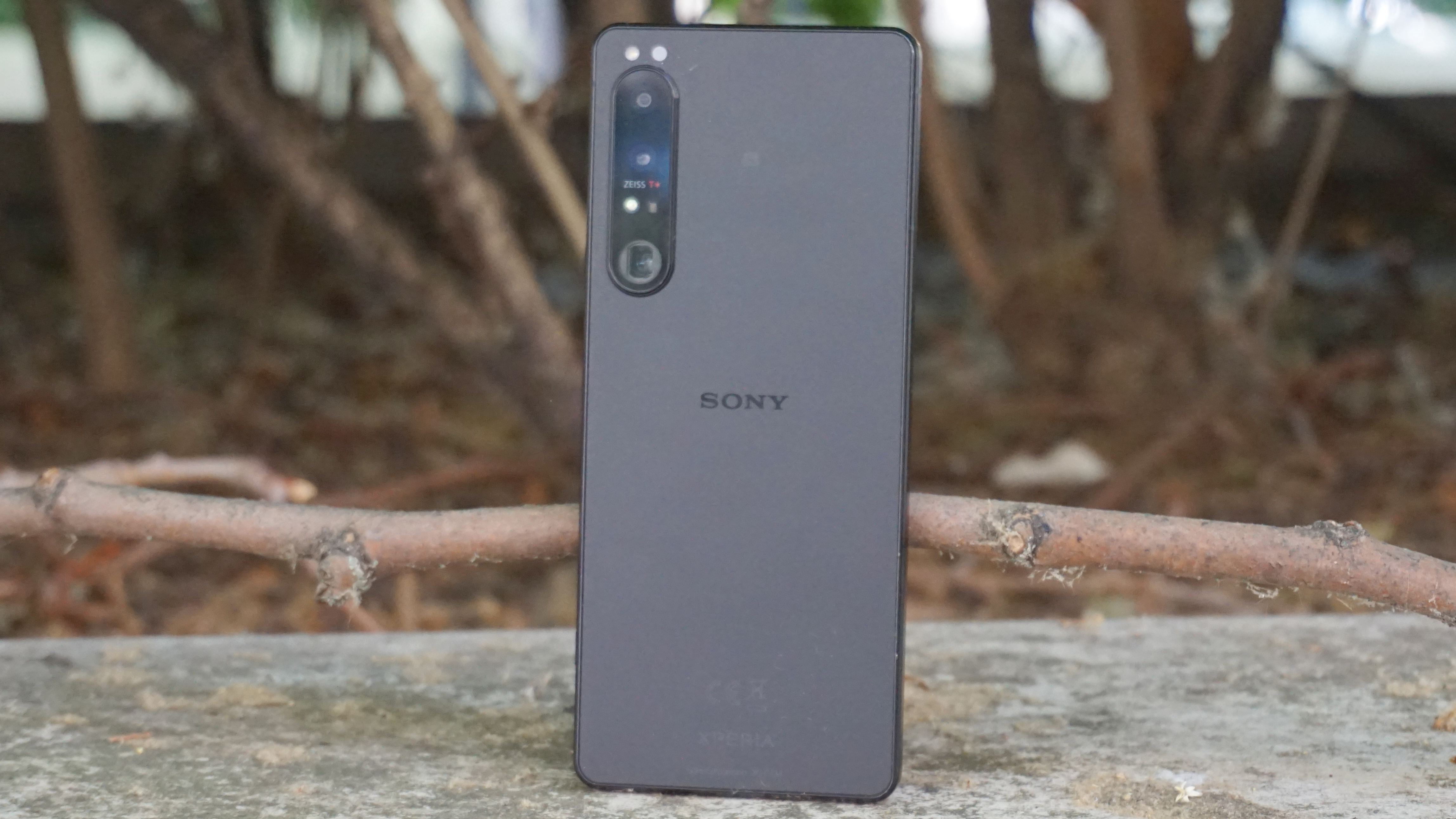
The Sony might be a little taller, but at 165 x 71 x 8.2mm, it's narrower and thinner than the 162.9 x 76.55 x 8.9mm Pixel 7 Pro. It’s also quite a bit lighter at 185g, compared to the Google phone’s 212g.
There are differing approaches to fingerprint sensors at play here. Sony packs its biometric sensor into the power button on the right hand edge, while Google goes with an in-display method. Google’s system is arguably more advanced, and it lets you unlock the phone when it’s sat on a table, but we don’t have a huge preference either way.
Sony’s phone is notable for its greater range of physical controls and ports. This includes a physical two-stage camera shutter button and a 3.5mm headphone jack, reflecting its enthusiast focus.
Both phones have IP68 certification, but the Sony goes even further with additional IP65 accreditation. It’s likely to fare better where lots of water is involved.
Sony Xperia 1 IV vs Pixel 7 Pro: display
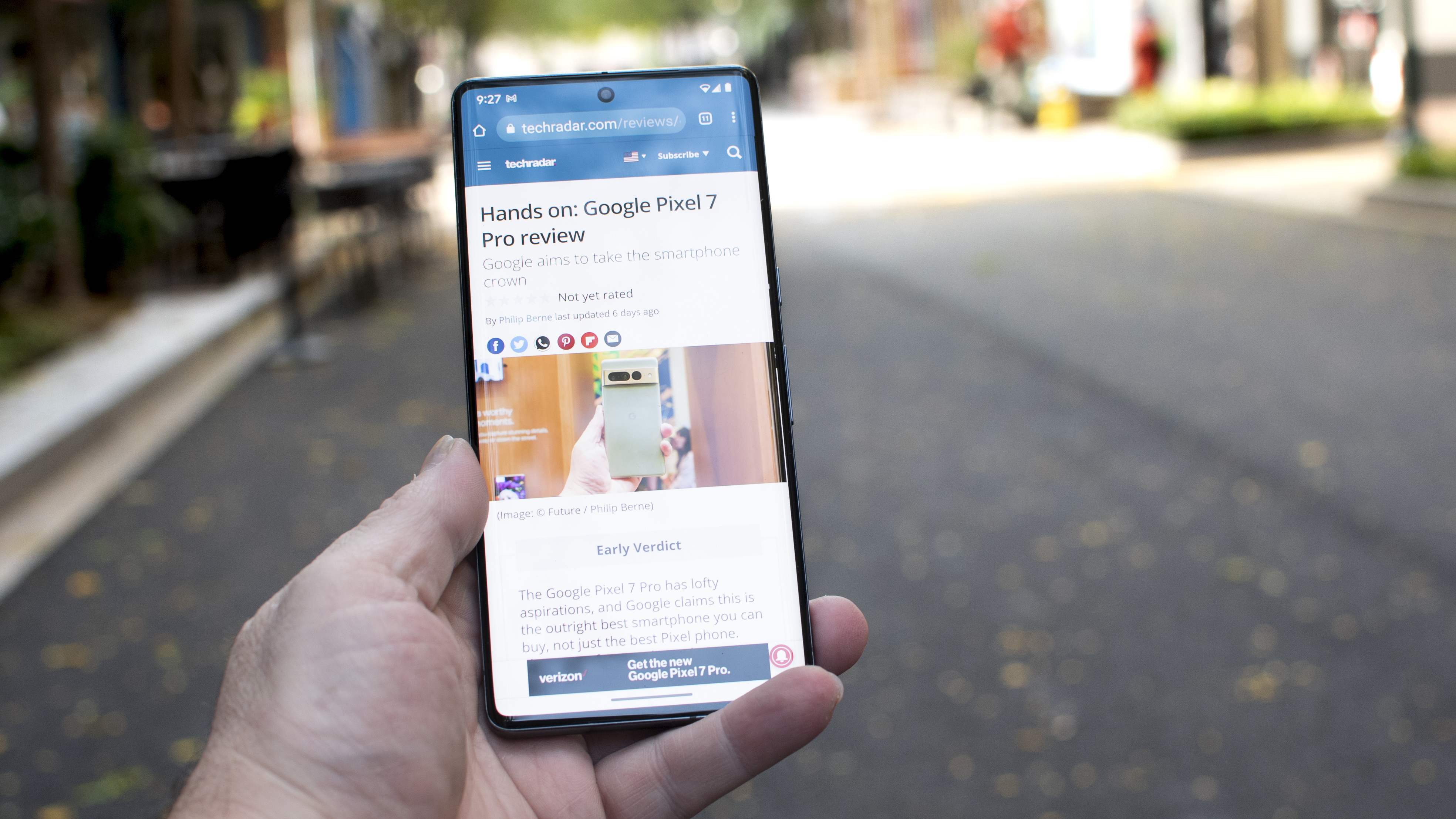
These are two of the best displays on the market, but there’s undoubtedly more to talk about with the Xperia 1 IV.
Both screens have a 120Hz refresh rate, and Sony’s screen is a little smaller than Google’s at 6.5 inches rather than 6.7 inches. However, it’s also much sharper, with a rare 4K (1644 x 3840) resolution.
This difference isn’t particularly noticeable in use, and the Pixel 7 Pro’s QHD+ (1440 x 3120) resolution is arguably overkill in itself. But it does mean that the Xperia 1 IV is the only 2022 flagship phone that can play 4K video content at its native resolution.
With a cinematic 21:9 aspect ratio, widescreen movies will be border-free, and there’s no notch or punch-hole to get in the way either.
It’s also a plus point that the Sony Xperia 1 IV's display is flat, whereas Google has gone with a flashier – but visually compromised and physically more exposed – curved screen.
Google’s screen is better suited to other forms of content, however. Web browsing and everyday apps simply have more space to breathe with the Pixel 7 Pro.
Sony Xperia 1 IV vs Pixel 7 Pro: camera
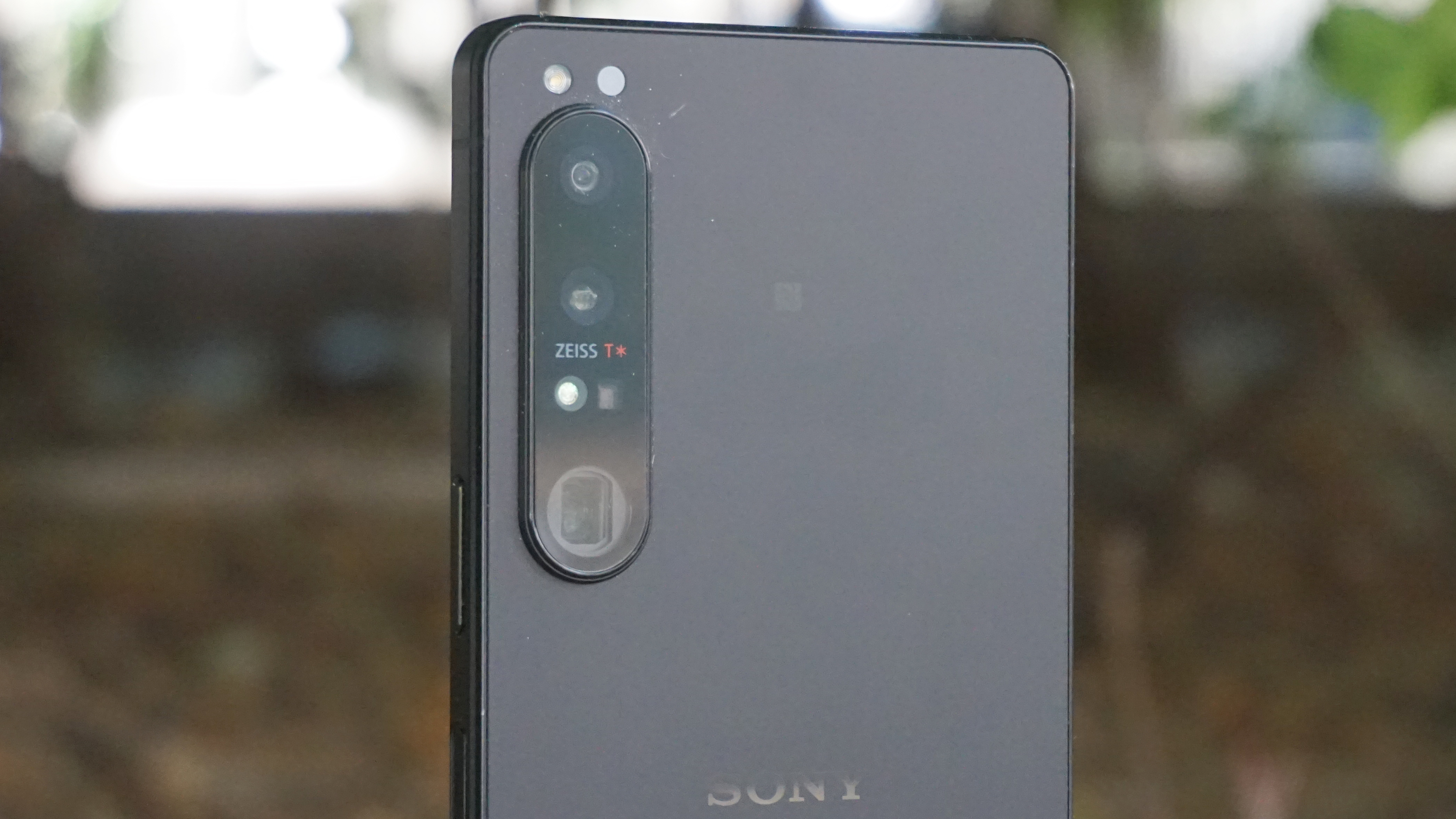
Both of these phones can be counted as camera specialists, but in very different ways.
The Xperia 1 IV is all about manual control and pro-level usage, with a physical shutter button, an in-depth manual camera UI, and Sony’s low-intervention image processing.
Google’s approach is all about point-and-shoot excellence, with the most advanced image processing on the market creating eerily crisp and clear shots in all conditions.
In terms of hardware, the Sony gives you three 12MP sensors, while the Google goes with a 50MP wide, a 12MP ultra-wide, and a 48MP telephoto.
That might sound like Google has the edge on specs, but Sony comes up trumps when it comes to its zoom capabilities at least. The Xperia 1 IV is the first camera to be capable of a continuous physical zoom between 70mm and 125mm, which works out to between 3.5x and 5.2x. In the other corner, the Pixel 7 Pro has to make do with a fixed 5x telephoto.
Sony also benefits from the fastest, most sophisticated autofocus system on the market. That’s the benefit of having the prestigious Sony Alpha camera department on speed dial.
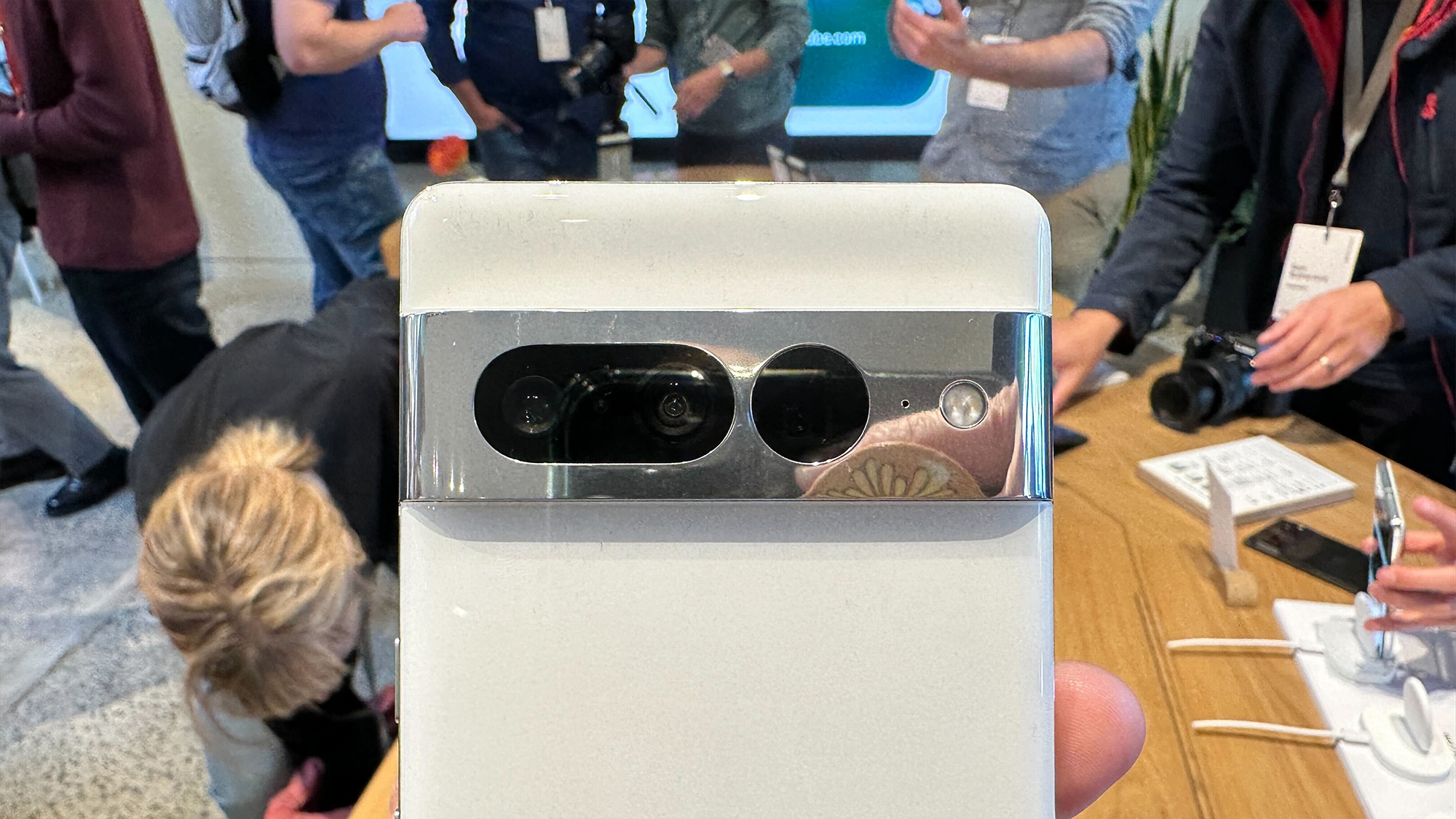
Still, if we’re firing and forgetting – as most people tend to be with their smartphones – we’d much prefer to have the Pixel 7 Pro in our pocket. It always comes up with the right shot, never seeming to miss focus or underexpose our subject.
Google’s phone is also the night mode king, yielding low light shots of uncanny clarity. The Sony doesn’t even have a dedicated night mode, though some might prefer the way it retains a true sense of shadow.
Google wins the selfie round too, with a new 10.8MP selfie camera that includes autofocus, which Sony’s 12MP example doesn’t. Autofocus generally means a sharper, more defined subject.
There’s a very different approach to color science here, and it largely comes down to a matter of taste. Sony goes with a natural palette that will please avid photographers, but may disappoint casual users who want their social media shots to pop. Google’s is much more suited to the latter scenario, with cooler and contrastier-looking snaps.
Indeed, Google’s processing tricks – courtesy of its custom Tensor G2 chip – are kind of the whole point with the Pixel 7 Pro. Photo Unblur magically sharpens up blurry shots, while Magic Eraser lets you remove unwanted background elements from view. It doesn’t always work, but when it does, it’s amazing.
Sony Xperia 1 IV vs Pixel 7 Pro: specs and performance
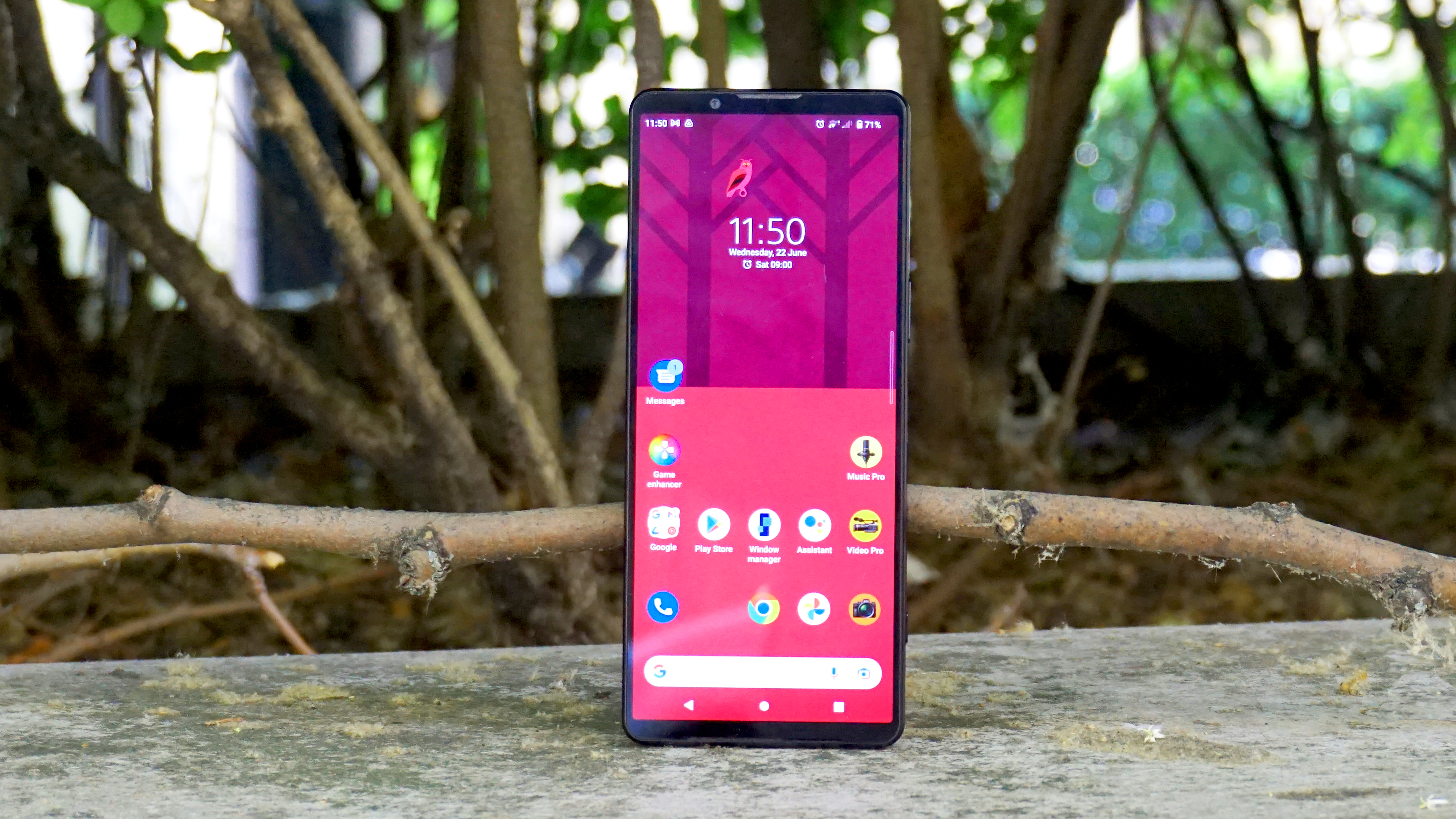
Sony uses the off-the-shelf Qualcomm Snapdragon 8 Gen 1 chipset for its Xperia 1 IV, while Google has produced its own bespoke Tensor G2 chipset.
If we were to sum up the difference in a sentence, it would be this: Sony’s approach yields superior CPU and GPU performance, while Google’s enables smarter AI tricks like real time transcription.
The Xperia 1 IV tops the Pixel 7 Pro on all of the benchmarks, and would be our choice if we were to indulge in an intensive gaming session. In everyday terms, however, the Pixel 7 Pro feels just as fast.
Both phones have 12GB of RAM as standard, which is ample for holding multiple apps in stasis for jumping between. Neither phone is blessed with storage options, however. The Xperia 1 IV offers 512GB in the US and 256GB everywhere else, which is hardly ideal, while Google only offers a choice of 128GB or 256GB.
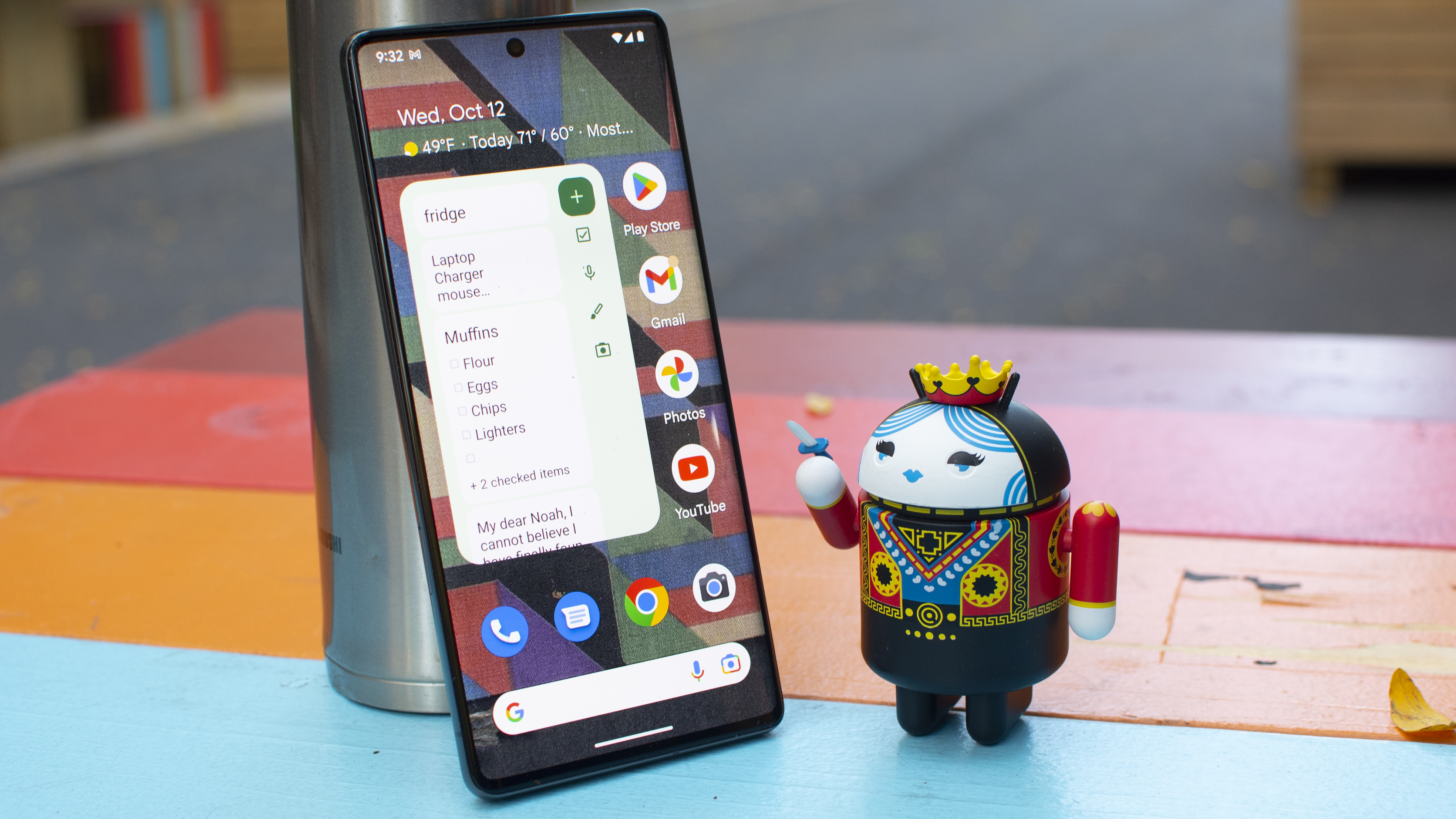
The other distinguishing point relates to software. Google’s Android provision is unimpeachable, offering a clean and completely bloat-free UI. Sony’s additions are relatively light compared to some other third-party Android manufacturers, but it still feels quite clunky compared to this or any other Pixel.
What’s more, Sony has only promised two Android upgrades and three years of security patches. Google promises three years of Android upgrades and five years of security upgrades.
Sony Xperia 1 IV vs Pixel 7 Pro: battery
Both phones are powered by large 5,000mAh batteries, and both provide more or less equivalent stamina.
In our Sony Xperia 1 IV review, we noted that the phone “reliably saw us through a whole day of standard use, whether that meant a quick check of social media now and then, regular texting, Google Maps use and music streaming.”
In our Google Pixel 7 Pro review, we noted that “at the end of the day we generally had between 10–20% battery left if we weren’t taking a ton of photos that day.”
That’s two different ways of saying essentially the same thing: these phones will get you through a full day of usage fairly comfortably.
We can’t separate the two when it comes to recharging either. Both support up to 30W wired charging and 15W Qi wireless charging. Neither is especially impressive in a world where there are Android flagships with 120W charging, but it’s not a huge issue.
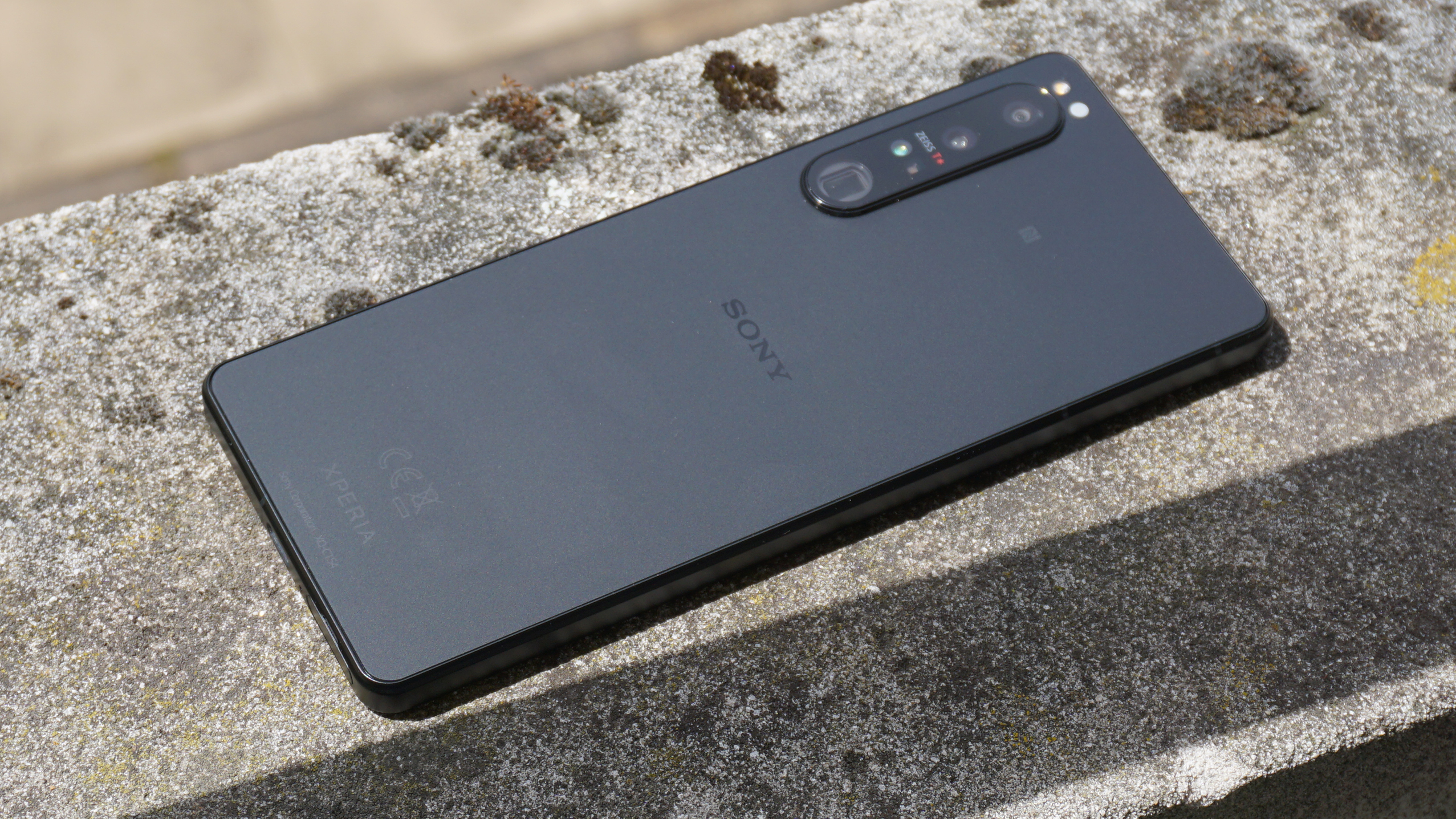
Takeaway
These are two excellent flagship Android phones with brilliant screens, cameras, and performance. Drill down into the details, however, and they really are very different.
The Sony Xperia 1 IV is an enthusiast’s tool, with a hugely flexible and hands-on camera system, and a 21:9 4K display that’s crying out for watching 4K movies on.
The Pixel 7 Pro, on the other hand, is a mainstream phone that’s an absolute breeze to use day to day, whether taking effortlessly clear photos or using its colorful and intuitive UI.
Given its broad appeal, all-round excellence, and significantly lower price, we have to give the win to the Pixel 7 Pro. It supplies an awful lot of bang for your buck.
But if you’re someone who obsesses over image composition and media playback standards, you can’t do better than Sony’s Pro-tier phone.

Jon is a freelance journalist who has been covering tech since the dawn of the smartphone era. Besides TechRadar, his words and pictures have appeared in The Telegraph, ShortList, Tech Advisor, Trusted Reviews, Expert Reviews, and more. He largely covers consumer technology, with a particular focus on smartphones and tablets. However, he's also been known to dabble in the worlds of entertainment and video games.